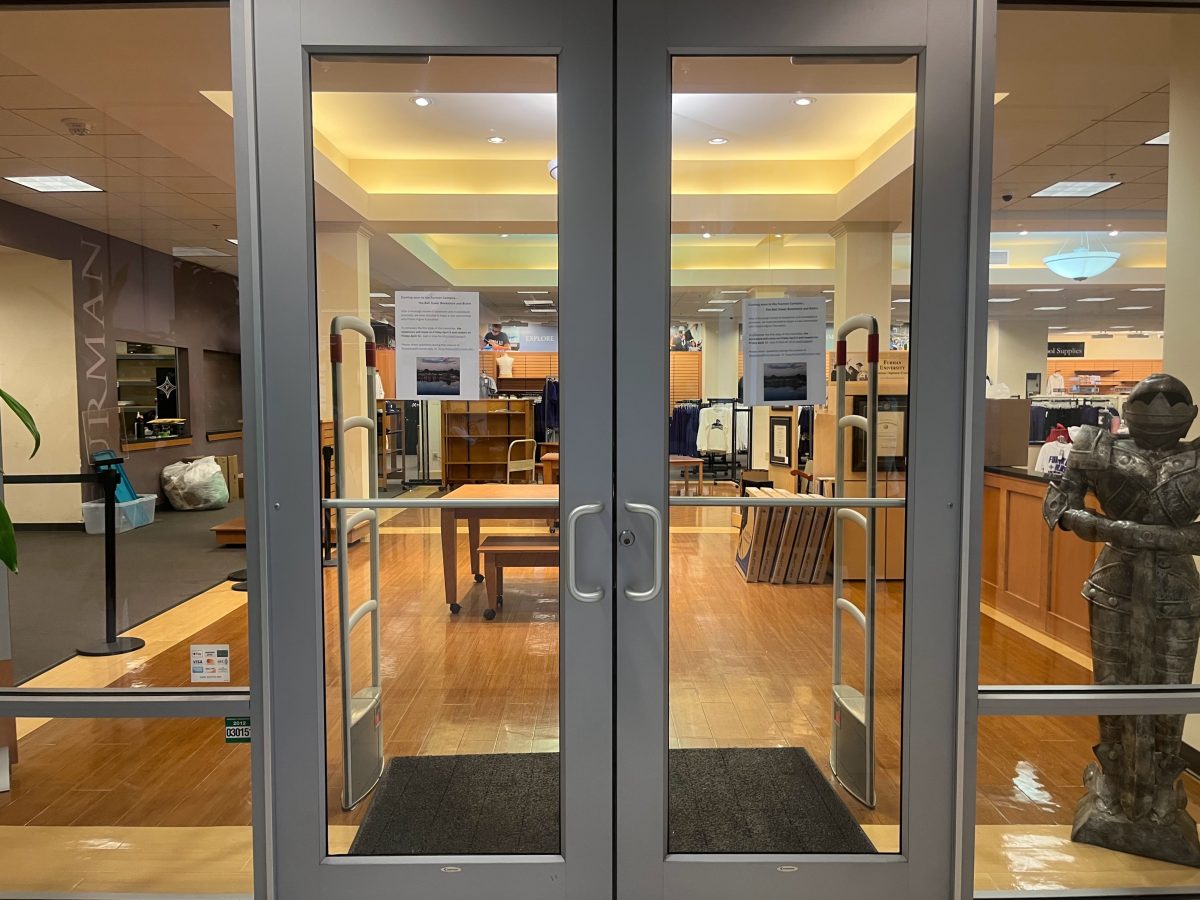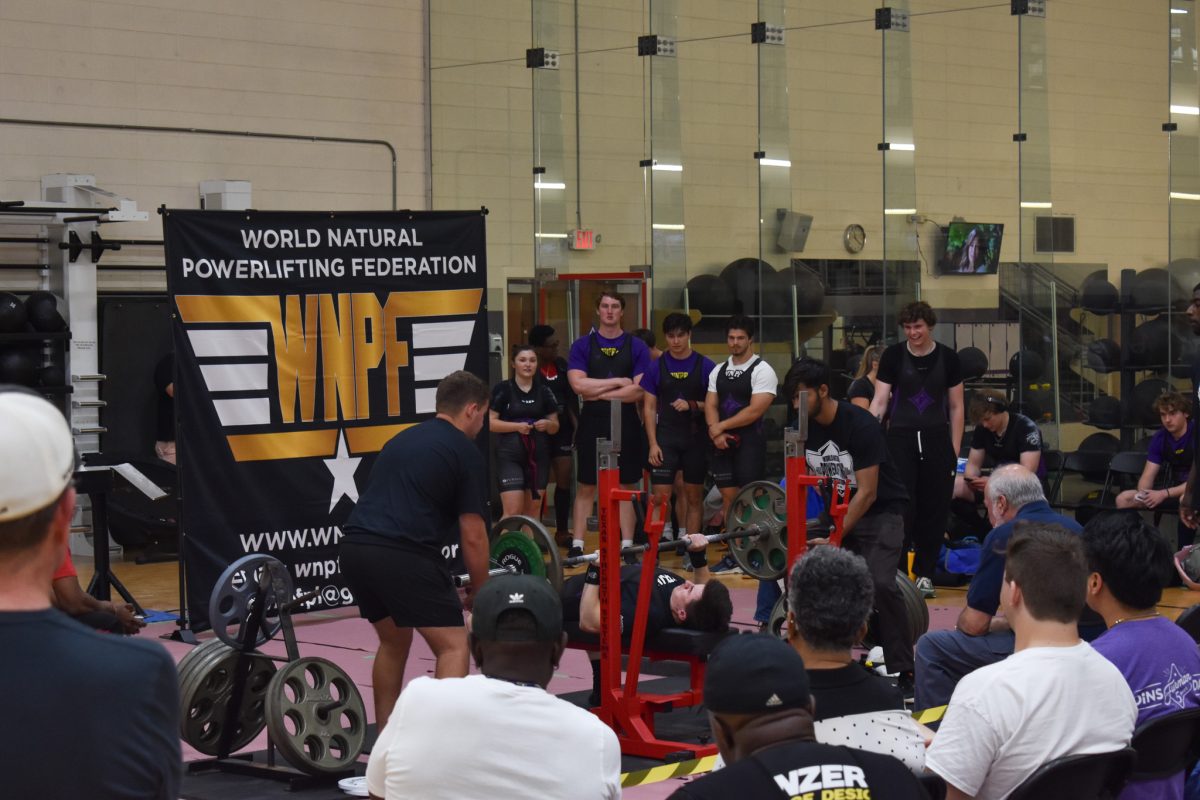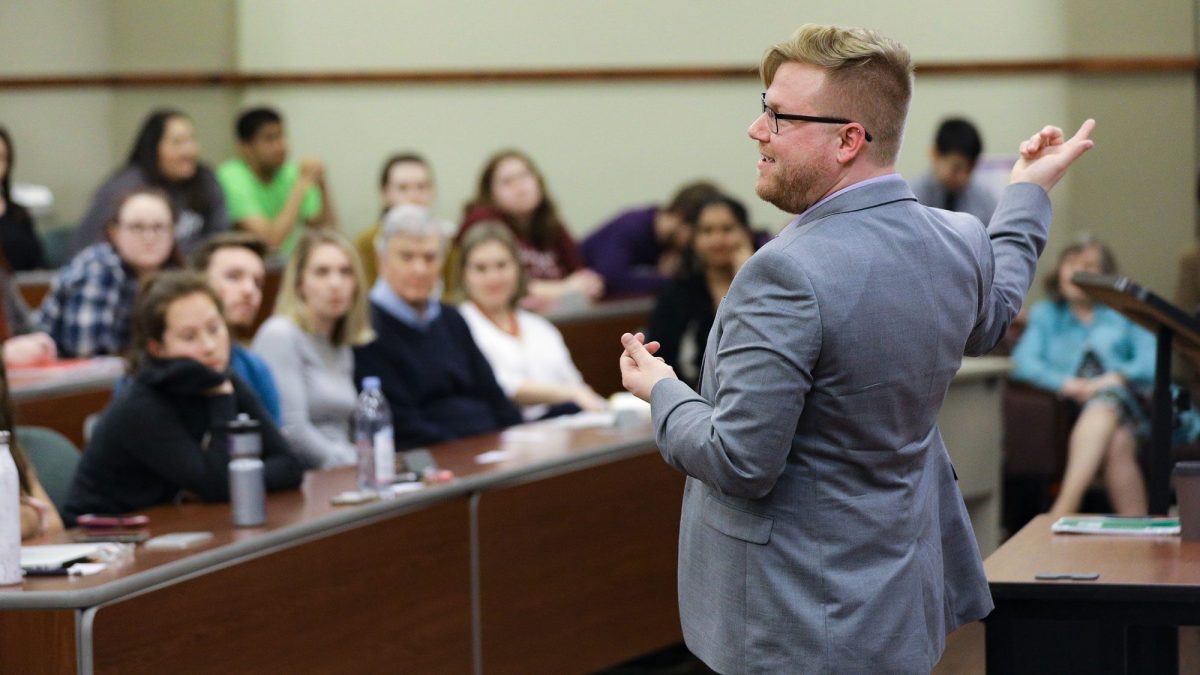As required by the Clery Act, Fuman and other universities are required to keep and disclose a record of crime that occurs on and near their campuses. Earlier this fall, The Paladin obtained special early access to Furman’s preliminary Clery numbers report from the 2018-2019 academic year which provides statistics on serious crimes such as rape, fondling, dating violence, and stalking. Furman’s stats indicated seven reports of rape, one report of fondling, four reports of dating violence, and three reports of stalking.
Upon further investigation, The Paladin found that—among SOCON schools in the 2017-2018 academic year—Furman had one of the highest rates of reported rapes per capita (number of enrolled students) at 1 reported rape for every 350 students. In contrast, East Tennessee State University’s rate, for example, stood at 1 in every 3,625 students. The average for all SOCON schools was approximately 1 in every 1,400 students.
Although these stats are—admittedly—not perfect, on the surface they seem to reveal a disturbing prevalence of sexual violence at Furman. That said, such a serious topic surely merits diving deeper. When questioned, Furman officials who work closely with the issue did not deny the numbers, but rather emphasized that they do not tell the whole story.
Clery numbers only include reported incidents. According to several sources, the fact that Furman has a higher number of reported rapes may not indicate a culture of sexual violence, but rather a culture of reporting and students accessing resources. In other words, the numbers may be misleading.
Police Chief John Milby, Title IX Coordinator Melissa Nichols, and a former Furman employee who worked closely with the issue but requested to remain anonymous were each interviewed individually concerning the stats gathered during The Paladin’s investigation. Each official, in different words, came to the same conclusion with respect to the number of reported rapes on respective college campuses: culture matters, geography matters, and resources matter.
First, culture matters, explained the anonymous former Furman employee, saying that schools with religious or military affiliations may have drastically different cultures than Furman. “Power dynamics, literal ranks and hierarchy, religious norms, and gender norms play a much bigger role on those types of colleges than you would find in the Furman campus,” she pointed out. Chief Milby echoed her ideas, saying that “the number of reports we receive at Furman reflect a culture of reporting that we have worked for years to build among faculty, staff and students.”
Chief Milby also clarified that—because Clery numbers largely reflect on-campus crimes—Furman’s residential environment contributes to the high number of rapes reported in the Clery numbers. Title IX Coordinator Nichols supported this claim, saying, “it’s helpful to remember that Clery is a geographical statute and that almost all Furman students live on campus. If they lived off-campus, many of the reports that are counted in our Clery numbers would not be.”
All of the officials emphasized that the resources available to students are truly important when it comes to reporting sexual violence. Milby described a “robust” and “comprehensive” system that includes Title IX, the police department, faculty members, and resident assistants who help “connect students who have experienced sexual violence with the resources.” Nichols agreed, emphasizing that “Furman has designated most employees as responsible employees, meaning they are required to report any alleged sexual misconduct to the Title IX Office… to ensure people know their reporting options and resources.” The anonymous former employee concurred—though she recognized Furman still has more work to do. “I am hopeful that the Furman process will become more accessible, transparent, and timely,” she said.
There seems to be some consensus around the idea that the relatively high number of reported rapes per capita in Furman’s Clery numbers are a sign of an improving culture, tight-knit residential community, and resource rich environment rather than a sign of heightened sexual violence. Although the Furman officials’ statement run counter to last year’s media reports of Furman mishandling sexual violence investigations, they are—by no means—a claim that Furman does not struggle with sexual violence, but rather a reminder that numbers can be misleading and that sexual violence on college campuses is an incredibly challenging and complex issue.



























